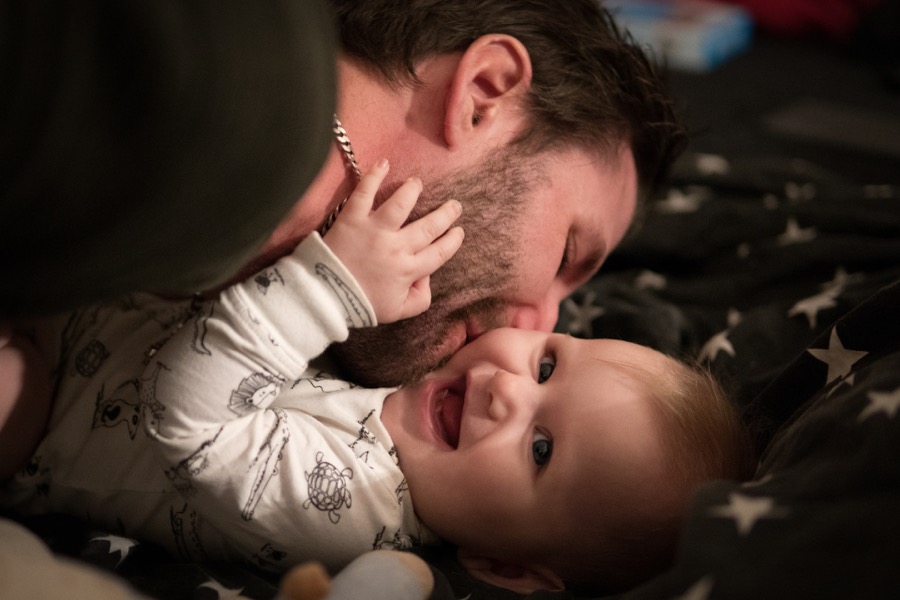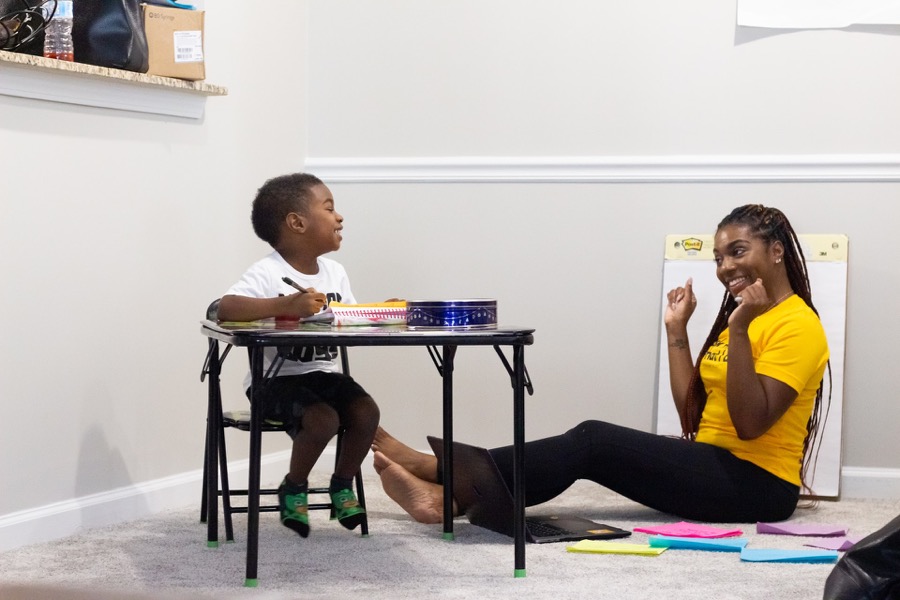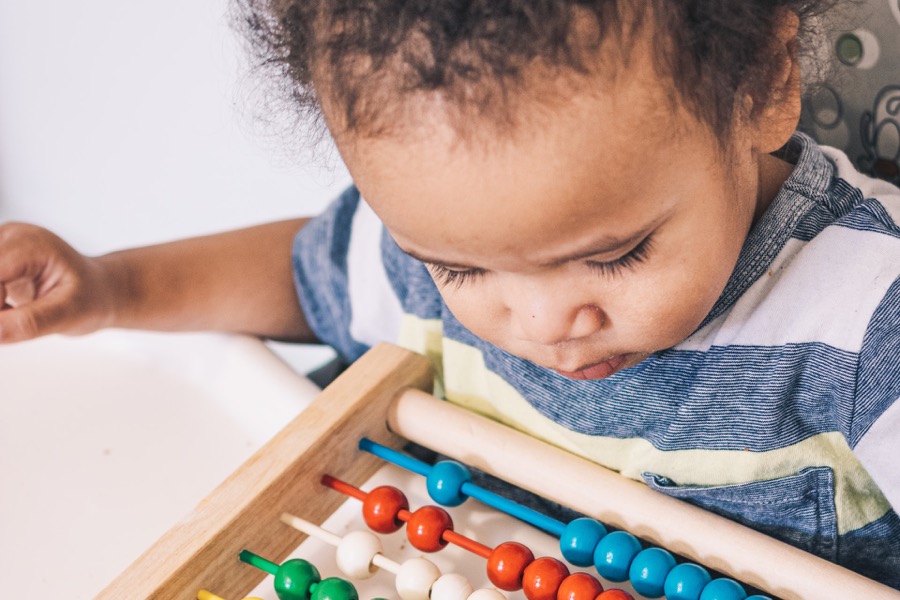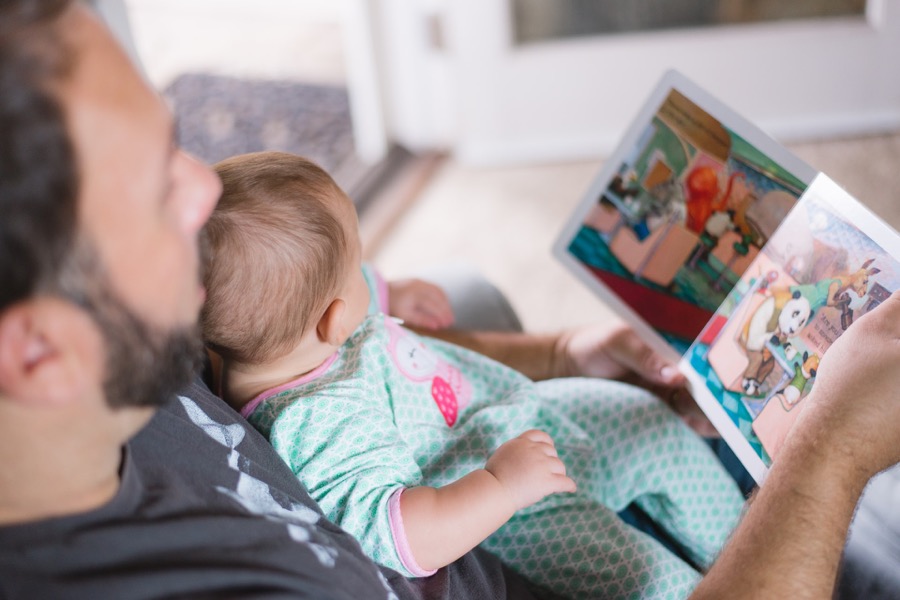Children's brains develop faster from birth to age five than at any other time. During these five years, children's experiences shape how their brains develop. When it comes to experiences, the brain doesn't discriminate: All life's events influence the brain's development, positive and negative experiences, supportive and discouraging ones. The net effect shapes children's health, capacity for learning, and future success in school and life in general.
A baby's brain is only a quarter the size of the average adult brain at birth. In the first year of life, the brain doubles in size, and by age three, it's roughly 80 percent of an adult's. A child's brain is almost fully grown by five, reaching 90 percent.

Connect and connect again
Babies are born with their entire complement of brain cells (neurons). As babies mature, the number of brain cells stays the same. So how do babies' brains develop?
Babies construct their brains by increasing the number of connections (synapses) between brain cells. Babies’ brains are whizzes at doing this, making about a million new connections every second, more than any other time in life.
But making new connections is only part of the story. What contributes most to building strong intellectual, social, and motor capabilities is the quality of the new connections.

Quantity and quality of interaction
From birth, babies expand their network of brain-cell connections by interacting with their parents and other caregivers. This stimulation — its quantity and quality — determines which brain connections are made. There is no substitute for engaging adult-baby interactions for developing productive brain-cell networks.
When caregivers are sensitive and responsive to a young child’s signals and needs, they provide an environment rich in serve and return experiences. —Center on the Developing Child, Harvard University

You’re invited to play tennis
Children invite their parents and other caregivers to interact with them. Babies coo, smile and cry. Toddlers communicate their needs more directly. These invitations allow caregivers to respond to their child’s needs and promote more brain connections.
Like tennis and volleyball, this serve-and-return action between babies and adults is fun and capacity-building (more brain-cell connections).
Serve and return interactions shape brain architecture. When an infant or young child babbles, gestures, or cries, and an adult responds appropriately with eye contact, words, or a hug, neural connections are built and strengthened in the child’s brain that support the development of communication and social skills. —Center on the Developing Child, Harvard University

Play a high-quality game consistently
Loving parents and caregivers who consistently give attention, respond and interact with their children promote healthy brain development. Parents start these relationships at home, but childcare providers, teachers, and other caring people are vital partners too.
Studies have shown that babies and children who grow up in safe, stable and nurturing environments, with lots of positive interaction with parents and caring adults, will go on to be healthier and more successful in school and in life. —Arizona PBS
But unfortunately, the opposite is true. Children deprived of engaged, caring interaction fail to develop as many positive brain connections. Hunger, neglect, and violence work against healthy brain development and future success.
Part 2 - How to serve-and-return like a pro
In Part 2, we look at two proven serve-and-return methods you can use with your child.

